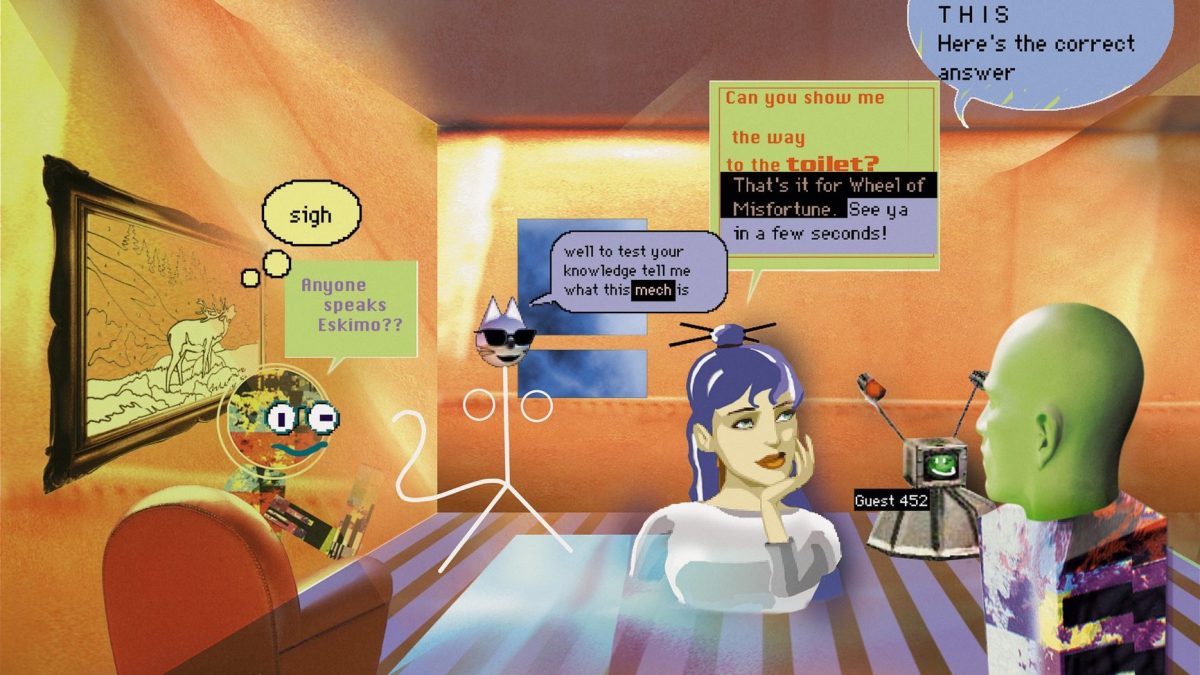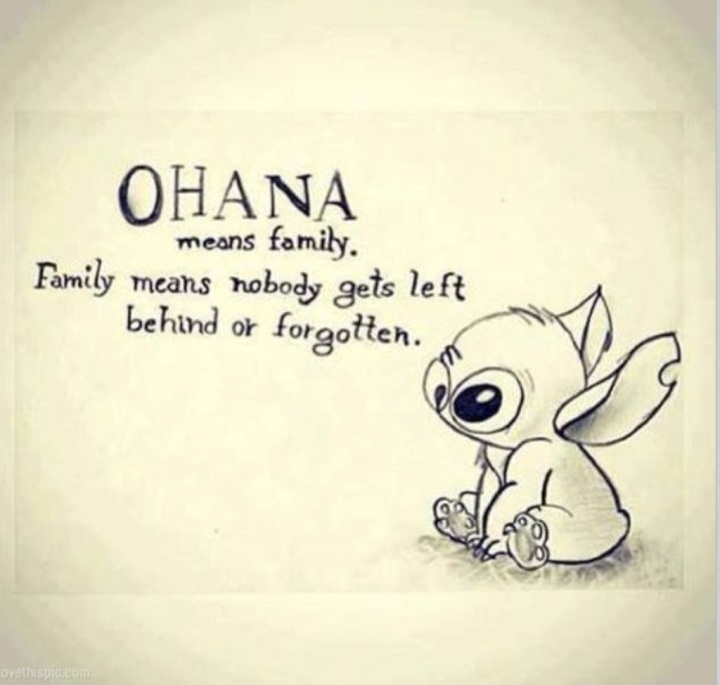- cross-posted to:
- [email protected]
- cross-posted to:
- [email protected]
(just because I sometimes miss them when the post has a text body)
So, I kept seeing the option to list a “Matrix” username in my lemmy profile across various instances, but I had no idea what Matrix actually was. This is from last December so it’s not hot off the press, but it was a good read and I wanted to share it in hopes it might help add some context for anyone else like me wondering what it’s all about!
I didn’t want to make the post body so long that people missed the link entirely, but for those that scroll straight to the comments and just want a summary, some of my thoughts and some excerpts:
It sounds great in terms of facilitating interactions with people that don’t want to move off their usual apps, but the encryption concerns are pretty valid, though niche, as well. The other thing that I thought was interesting was the big companies (as well as European government agencies) that have already migrated over. One of my biggest concerns with fediverse services is always the difficulty of convincing people to adopt it, so hearing about cases like that is very encouraging.
It makes sense too - if I were an organization representing a sovereign government, I’d hardly want to be beholden to the whims of private corporate ownership. Governments starting to make official statements via social media has always seemed a bit odd to me, and the recent issues with Twitter shuttering public post visibility do a great job in demonstrating the danger of that dependence. If this article were a bit more recent, I imagine they’d go into that a bit more too.
Some excerpts for people that don’t want to read the whole thing (though I’d recommend just doing that!)
The Matrix protocol also supports non-native interoperability through a technique called “bridging,” which ushers in support for non-Matrix apps, including WhatsApp, Telegram and Signal. Element itself offers bridging as part of a consumer-focused subscription product called Element One, where users pay $5 per month to bring all their friends together into a single interface — irrespective of what app they use.
This is enabled through publicly available APIs created by the tech companies themselves. However, terms of use are typically restrictive with regard to how they can be used by competing apps, while they may also enforce rate limits or usage costs.
_________________
A growing array of regulations, particularly in Europe, are forcing Big Tech to pay attention to data sovereignty, with the likes of Google partnering with Deutsche Telekom’s IT services and consulting subsidiary T-Systems last year to offer German companies a “sovereign cloud” for their sensitive data.
This regulatory push, alongside growing expectations around data sovereignty, has been a boon for the Matrix protocol. Last year, the agency responsible for digitalizing Germany’s health care system revealed that it was transitioning to Matrix, ensuring that the 150,000 individual entities that constitute the health care industry such as hospitals, clinics and insurance companies, could communicate with each other regardless of what Matrix-based app they used.
This builds on existing Matrix implementations elsewhere, including inside the French government via the Tchap team collaboration platform, as well as the German armed forces Bundeswehr.
“The pendulum has been clearly swinging toward decentralization for quite a while,” Hodgson explained to TechCrunch. “We’re now seeing serious use of Matrix-based decentralized communications across or within the French, German, U.K, Swedish, Finnish and U.S governments, as well as the likes of NATO and adjacent organizations.”
Back in May, open source enterprise messaging platform Rocket.Chat revealed that it would be transitioning to the Matrix protocol. While this process is still ongoing, this represented a major coup for the Matrix movement, given that Rocket.Chat claims some 12 million users across major organizations such as Audi, Continental and Germany’s national railway company, The Deutsche Bahn.
_________________
End-to-end encryption is a huge selling point for the big technology companies of today, one that WhatsApp hollers from the rooftops. But making this work between different platforms built by different companies is not exactly easy, and many — if not most — experts on the subject say that it’s not possible to enforce a truly secure, interoperable messaging infrastructure that doesn’t compromise encryption in some way.
WhatsApp can control — and therefore promise — end-to-end encryption on its own platform. But if billions of messages are flying between WhatsApp and countless other applications run by other companies, WhatsApp can’t really know what’s happening to these messages once they leave WhatsApp.
[…]
There’s no escaping the fact that breaking encryption is far from ideal, irrespective of how a solution proposes to reconcile this. But perhaps more importantly, a robust solution for addressing the real encryption issues introduced by enforced interoperability doesn’t truly exist yet.
Despite that, Hodgson has said in the past that the upsides of the new EU regulations are greater than the downsides.
“On balance, we think that the benefits of mandating open APIs outweigh the risks that someone is going to run a vulnerable large-scale bridge and undermine everyone’s E2EE,” he wrote in May. “It’s better to have the option to be able to get at your data in the first place than be held hostage in a walled garden.”
[…]
In many ways, the ground has never been so fertile for Matrix to flourish: it’s in the right place at the right time, as the world seeks an exit route from Big Tech’s clutches backed by at least a little regulation.
Governments moving from proprietary tech stacks to open source can only be a good thing.
You shouldn’t need a login or being dependent on a private provider at all to access government communications.
Matrix is awesome, it just desperately needs better frontend apps. Element is still pretty bad, and other alternatives are often riddled with bugs or missing features
So why is Matrix allowed to survive when XMPP (the original protocol that made messaging apps interoperable) was killed when it started to thrive?
Google. XMPP was getting a lot of traction so Google started to support it in it’s chat clients but then after they got people on Google products they slowly stopped making all features XMPP compatible. This caused non Google XMPP clients to have a sub part experience. This pushed people to switch to Google or lose the ability to talk to friends using Google.
This is a tactic referred to by “Embrace, extend, and extinguish”
I think it’s more that AIM was the only other decent sized player in chat that actually played along with federation. With nobody else playing ball and everyone building their own walled gardens, it didn’t make sense for Google to continue to invest.
As someone who has written XMPP code, the protocol is also not pleasant to work with as it’s all XML. IIRC, features like presence and read receipts weren’t initially part of the protocol. That said, I still think extended an existing popular protocol is better than making a new one.
XMPP is still alive and well as a protocol, google just kinda stole it (other stuff still uses it too tho but unfederated). I know the majority of folks i talked to over XMPP were actually just using it because it was part of google talk, then hangouts, then google decided to defederate hangouts and eventually killed it alltogether but people moved to facebook or whatsapp for the most part.
Also I think the timing was off for XMPP, in large part people who used it also still used IRC for groups even though XMPP also supported groups you didn’t really see major open source projects making XMPP groups to go along with their IRC channels like you have with matrix. Now what we really need is for discord to join with Twitter and Reddit in enshittification of their products so average folks get fed up enough to move over.
A few big companies, notably Google (with Google Talk), made a concerted EEE effort to kill XMPP.
Enough people are used to the proprietary apps, so it doesn’t matter for them. 0,01% of users flowing to other protocols for just part of their conversations isn’t going to hurt them.
XMPP doesn’t have encryption integrated. There were a few attempts at shoehorning encryption on top of it in a backwards-compatible manner, but they had issues with interoperability between clients, and also weren’t supported by all of them.
Usually this isn’t such a big deal, but I think that there’s a big overlap between people who care about encryption and people who care about federated IM systems.
Seems cool, pity Element One only does WhatsApp, telegram and signal. Hopefully more good things will come from various sources
You can take a look at Beeper, it has 15 bridges implemented.
This was a good read, seems cool.
I used to work with software that sent encrypted medical files and interoperability between providers was a constant decade of promises and plans that never came to be. As each was for profit. Have hopes for this tho for general stuff.









